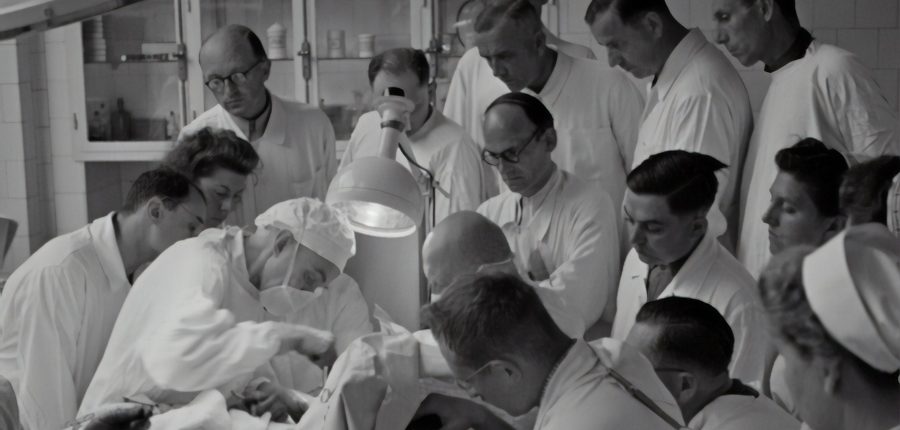Tonsillitis is an inflammatory process of the tonsils. These are located in the oral cavity, on the side walls of the oropharynx. They are formations of lymphoid tissue that are part of the body’s defense system.
Causes
The main cause of this condition is viral processes and to a lesser extent, bacterial infection.
Symptoms
The symptoms in the case of acute tonsillitis are characterized by severe sore throat, especially when swallowing. It can spread to the ears and can even be difficult to swallow. There may also be a change in the voice, which occurs in a ganglia-like manner with high fever.
Diagnosis
The diagnosis of this pathology is easy and fast thanks to the accessibility of the tonsils in the oral cavity, so by simply opening the mouth and through direct visualization, we have diagnosed this pathology. There are situations that require knowing the cause of the infection or the reason for resistance to the prescribed treatment, for which a tonsil fluid analysis will be performed. This is performed at the same time as the direct visualization, without causing any discomfort to the patient.
Surgery?
When confronted with situations of recurrent tonsillitis, the surgical option must be considered. To do this, certain requirements must be met in terms of the number of infectious processes that the patient exhibits.
It is established that with more than six documented infections in one year, five episodes per year in the last two years or three episodes per year during three years, it is recommended to perform a tonsillectomy.
This technique is also performed in other consensual cases, such as having suffered two peritonsillar abscesses (a complication of tonsillitis) or having an obstructive respiratory disorder with apneas.
How is a tonsillectomy performed?
Historical review
Tonsillectomy is the name given to the surgical technique for removing the tonsils. This procedure is one of the oldest described and one of the most performed in the world. The first description dates back to the first century AD by the Roman writer Aulus Cornelius and has been modified in terms of the instruments used, as well as the technique throughout history. The first tonsillectomy by dissection and general anesthesia was performed in 1917. Tonsillectomy by dissection and general anesthesia was definitively established at the end of the 20th century.
Today
This surgical technique is performed using general anesthesia and consists of the complete removal of the tonsils through the mouth.
During the recuperation process the most noticeable thing is the pain and discomfort caused by swallowing, which can last from one to two weeks. Pain relievers are administered to alleviate these effects, as well as drinking plenty of fluids to prevent dehydration. Foods eaten during the recuperation process, which lasts for one to two weeks, should be soft in nature, avoiding acids, spices or hardness, as well as hot temperatures. Physical effort should also be avoided for two weeks after surgery.
Complications
The complications of this surgical procedure, as with any other, include the risk of anesthesia, infection, or bleeding. Bleeding may occur early, in the first few hours after the tonsils are removed, or late, occurring more than a week after surgery. In both cases it may be necessary to re-enter the operating room to cauterize the area responsible for the bleeding.
If you want more information…

